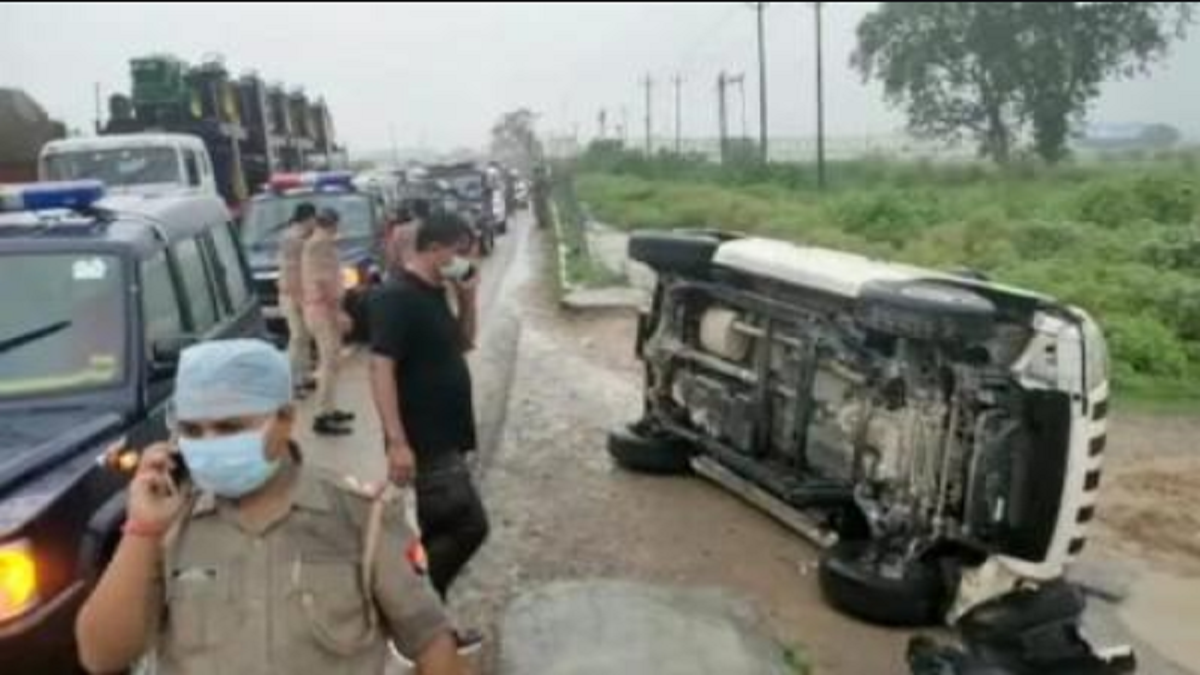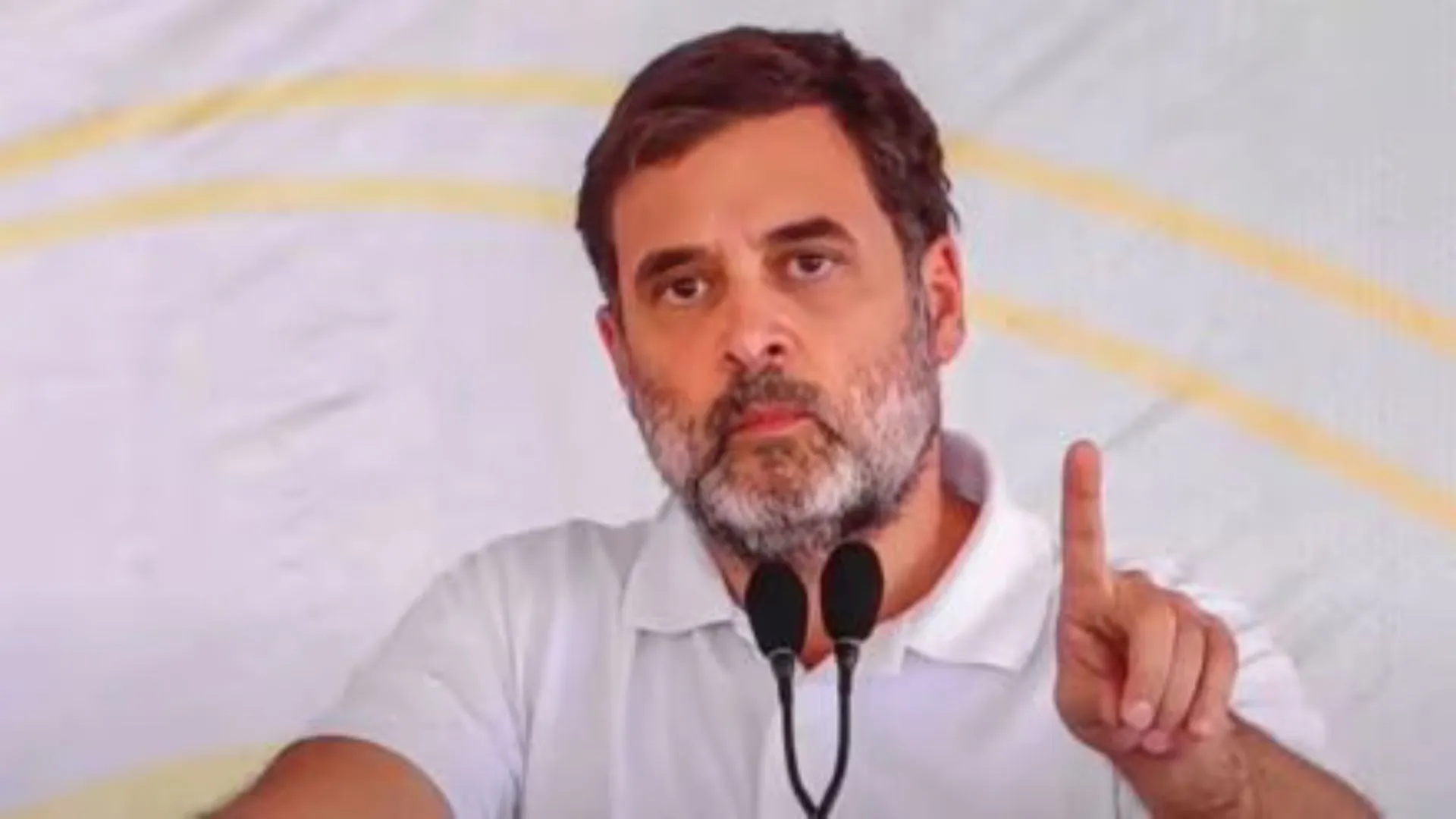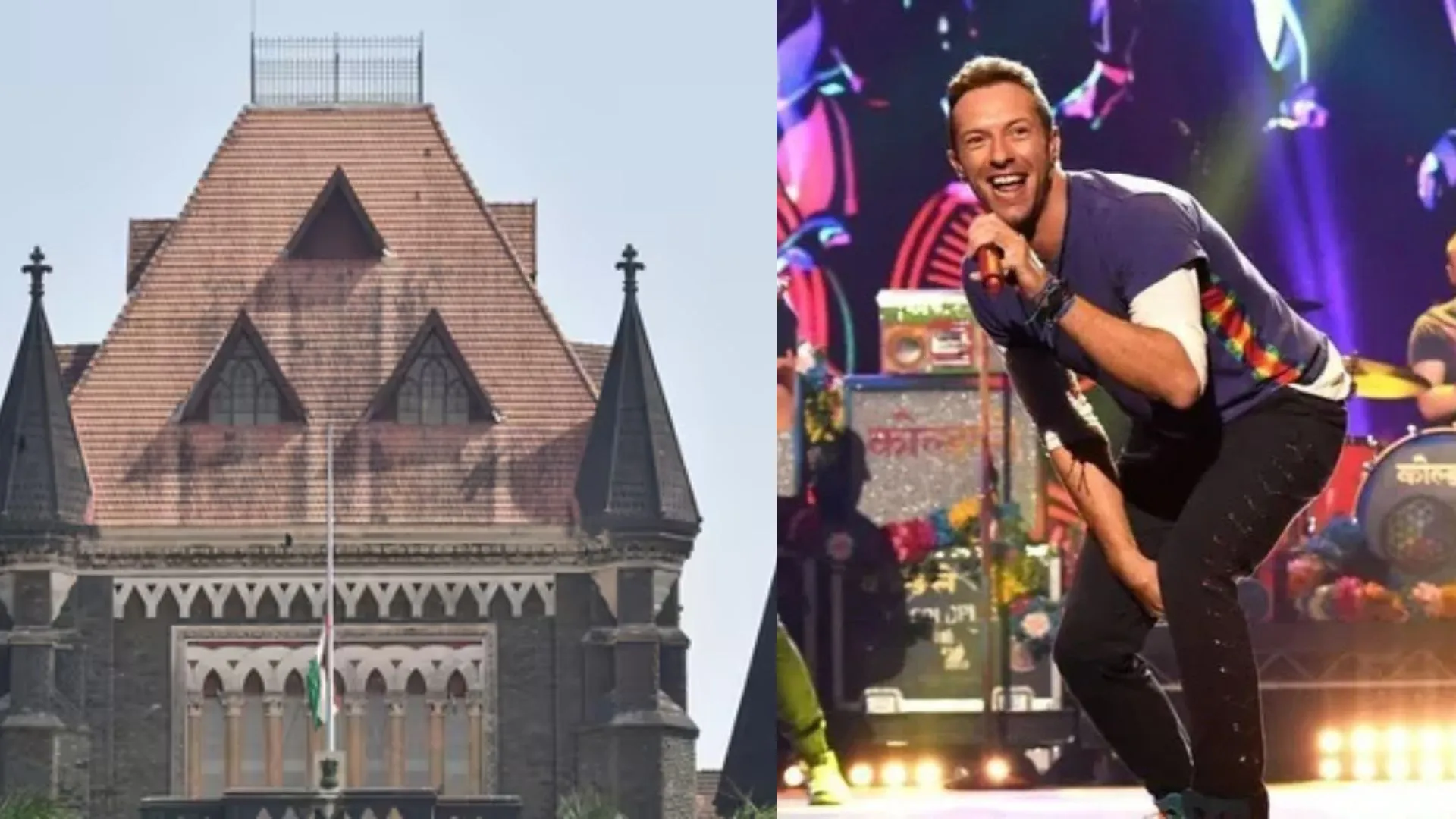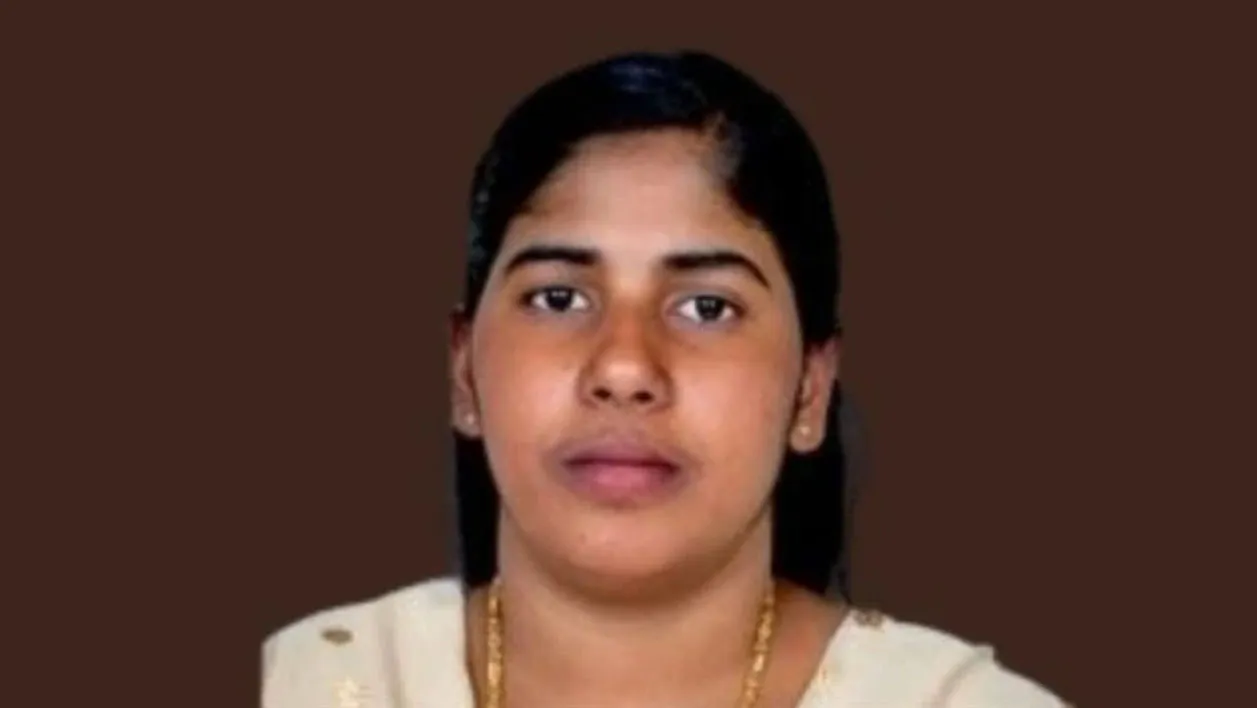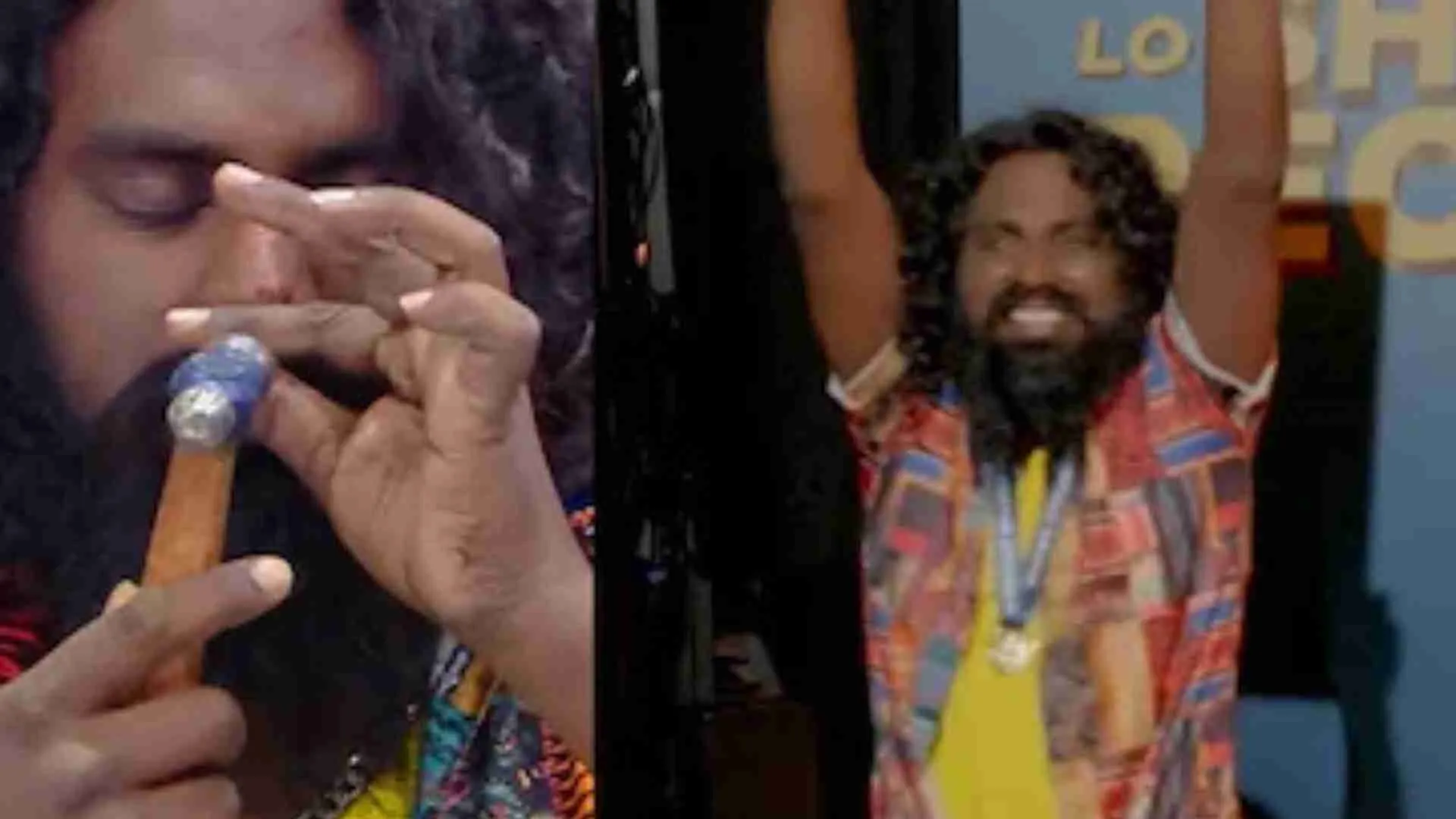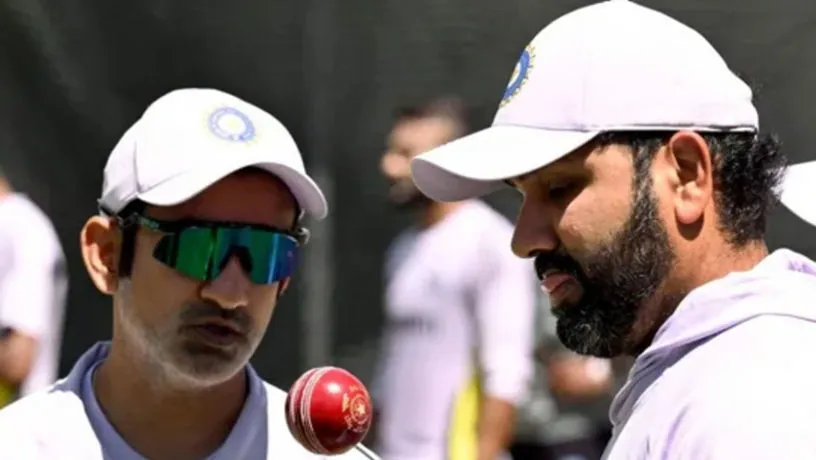The encounter of the history sheeter Vikas Dubey by UP police welcomed by most of political leaders, public figures and the masses. However at the same time, questions have also been raised over the legality and appropriateness of the police action leading to the debate that ‘whether a democratic country should follow the constitutional norms and adhere to the due process of law or shall it adopt the measures of retributive justice to bring instant and speedy justice to the victims’.
After the encounter Vikas Dubey systematically eloped from Kanpur, went to MP then in open & public place at Mahakal Mandir,Ujjain, he surrendered himself to save himself from ‘being encountered’ from police but the incident took dramatic mode, before he could reach to Kanpur in the morning & killed in an encounter.
The ‘encounter’ took place after Dubey tried to escape after one of the vehicles in the police convoy, which brought him to Kanpur, allegedly overturned on the road. According to the police, he tried to snatch a constable’s pistol and escape from the scene but was gunned down in the ensuing encounter.
Going through the entire story, the entire act of police encountering the Vikas Dubey creates a doubt at face of incident itself. It has given birth to many doubts in mind of a common man. Since Vikas Dubey was the history sheeter, was alleged of committed many crimes. In such back drop one thing is crystal clear, his surrender in public, that too in other state, clears that Dubey had good knowledge of Law & procedure. In such a case how come a man who surrendered himself to police, can attack on police when he is in the police custody only.
The incident paves the way to doubt on entire story of encounter & made to rethink the guidelines of Hon’ble Supreme Court on encounter killings.
Encounter killings, Supreme Court:
In 2014, the Supreme Court of India, in its judgment in PUCL vs State of Maharashtra, laid down 16 guidelines to be followed when it came to investigating encounter killings by the police. questioning the genuineness of 99 encounter killings by the Mumbai Police in which 135 alleged criminals were shot dead between 1995 and 1997.
The Supreme Court then laid down the following 16-point guidelines as the standard procedure to be followed for thorough, effective, and independent investigation in the cases of death during police encounters:
Record Tip-off: Whenever the police receive any intelligence or tip-off regarding criminal activities pertaining to the commission of a grave criminal offence, it must be recorded either in writing or electronic form. Such recording need not reveal details of the suspect or the location to which the party is headed.
Register FIR: If in pursuance to a tip-off, the police uses firearms and this results in the death of a person, then an FIR initiating proper criminal investigation must be registered and be forwarded to the Court without any delay.
Independent Probe: Investigation into such death must be done by an independent CID team or a police team of another police station under the supervision of a senior officer. It has to fulfil eight minimum investigation requirements like, identify the victim, recover and preserve evidentiary material, identify scene witnesses, etc.
Magisterial Probe: Mandatory magisterial inquiry into all cases of encounter deaths must be held and a report thereof must be sent to the Judicial Magistrate.
Inform NHRC: The NHRC or State Human Rights Commission (as the case may be) must be immediately informed of the encounter death.
Medical Aid: It must be provided to the injured victim/criminal and a Magistrate or Medical Officer must record his statement along with the Certificate of Fitness.
No Delay: Ensure forwarding FIR, panchnamas, sketch, and police diary entries to the concerned Court without any delay.
Send Report to Court: After full investigation into the incident, a report must be sent to the competent Court ensuring expeditious trial.
Inform Kin: In the case of death of accused criminal, their next of kin must be informed at the earliest.
Submit Report: Bi-annual statements of all encounter killings must be sent to the NHRC by the DGPs by a set date in set format.
Prompt Action: Amounting to an offence under the IPC, disciplinary action must be initiated against the police officer found guilty of wrongful encounter and for the time being that officer must be suspended.
Compensation: The compensation scheme as described under Section 357-A of the CrPC must be applied for granting compensation to the dependants of the victim.
Surrendering Weapons: The concerned police officer(s) must surrender their weapons for forensic and ballistic analysis, subject to the rights mentioned under Article 20 of the Constitution.
Legal Aid to Officer: An intimation about the incident must be sent to the accused police officer’s family, offering services of lawyer/counsellor.
Promotion: No out-of-turn promotion or instant gallantry awards shall be bestowed on the officers involved in encounter killings soon after the occurrence of such events.
Grievance: If the family of the victim finds that the above procedure has not been followed, then it may make a complaint to the Sessions Judge having territorial jurisdiction over the place of incident. The concerned Sessions Judge must look into the merits of the complaint and address the grievances raised therein.
The Court directed that these requirements/norms must be strictly observed in all cases of death and grievous injury in police encounters by treating them as law declared under Article 141 of the Indian Constitution.
The SC guidelines observed that the involvement of NHRC is not mandatory unless there is serious doubt that the investigation was not impartial.
Provisions on fake encounter
In India, there is no such law directly allows to encounter a criminal, however, there are certain enabling provisions which may be interpreted differently to vest police officers with certain powers to deal with criminals. The settled defence in all encounter is of selfdefence. Section 96 of IPC speaks about anything done in exercise of private defence is not an offence, this section gives inherent right to an individual to defend for his life but what extent is defined under Section 99 of IPC. Section 99 of IPC says that right of private defence is not available for inflicting more harm than is necessary for the defence. It means one can harm someone the extend it is necessary & not beyond that.
Similarly, Section-100 of IPC, exception 3 of Section 300 of IPC, Section-46 of the Code of Criminal Procedure (CrPC), etc. lay down similar provisions with regard to investigations in extra-judicial killings and cases of culpable homicide.
Supreme Court on Fake encounter –
In Prakash Kadam vs Ramprasad Vishwanath Gupta, the Supreme Court observed that fake ‘encounters’ by the police are nothing but coldblooded murders, and those committing them must be given death sentences, placing them in the category of ‘rarest of rare cases’. In paragraph 26 of the judgment, it was observed: “Trigger happy policemen who think they can kill people in the name of ‘encounter’ and get away with it should know that the gallows await them”.
Now, the question remains, will we follow the guidelines.? or it would just remain as guidelines.
Adv. Manjunath Kakkalameli is a practising advocate at Bombay High Court.

